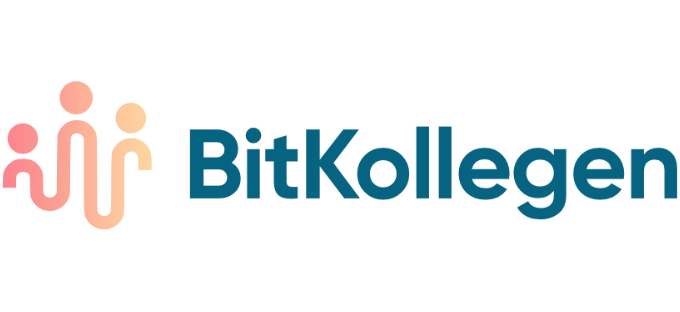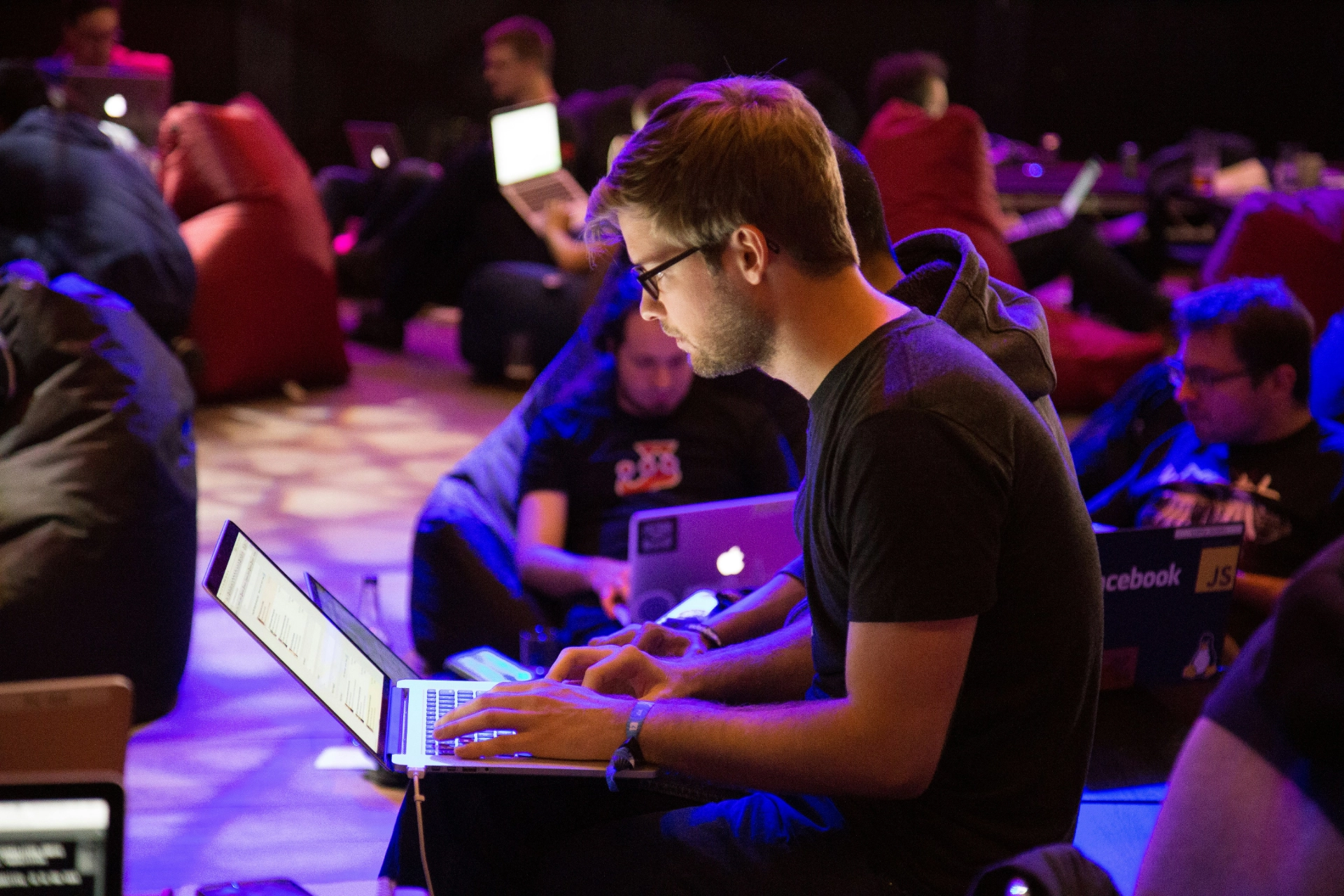The future of work: How AI is changing our working world
The rapid progress of artificial intelligence (AI) currently means a significant transformation for the world of work.
AI is influencing more and more areas and is therefore increasingly shaping the way we work, communicate and design business processes.
But how do AI and work interact in detail?
And what effects, opportunities and challenges does this present for the future of the world of work?
AI in the world of work ” an overview
The role of AI in today’s working world
AI technologies have long since begun to revolutionize traditional ways of working.
From automation in manufacturing to intelligent algorithms in data analysis, AI and work are already inextricably linked in many industries.
New job profiles are emerging, while some traditional roles are changing or even disappearing.
Advantages for employees and companies through AI
The undisputed benefits of AI include increased efficiency, the reduction of human error and the ability to analyze complex data sets.
For employees, this means a reduction in simple routine tasks in favor of an increase in more demanding and creative tasks.
Companies, meanwhile, benefit from increased productivity and innovation.
Challenges & risks
The integration of AI into the world of work is also accompanied by challenges and new issues.
These include ethical concerns, data protection issues and the fear of job losses.
In order to avoid undesirable social and economic consequences, the effects that the integration of AI into the world of work may have must be carefully weighed up.
The human factor in an AI-dominated working world
Despite the advance of AI, the human factor remains crucial.
AI cannot (yet) replace creativity, emotional intelligence and interpersonal skills.
The future of work will therefore develop as a symbiosis of man and machine.
AI and work ” Industry-specific examples
Healthcare
In the healthcare sector, AI enables more precise diagnoses, personalized treatments and improved patient management.
As a result, healthcare can be organized more efficiently overall and medical professionals will experience significant relief in their day-to-day work.
.
Financial sector
In the financial sector, AI is revolutionizing the way we handle money.
From algorithmic trading to fraud detection and risk management, AI tools are helping to make financial services safer and more efficient.
Education
AI has also long since made its presence felt in the education sector.
Customized learning programs, automated assessment systems and interactive learning platforms are just a few examples that show how AI and work in the education sector go hand in hand.
Retail trade
In retail, AI ensures personalized shopping experiences, efficient warehousing and improved customer management.
This takes the customer experience to a new level and makes business processes significantly more efficient.
The way forward ” Adaptation & education
Lifelong learning & adaptability
In order to remain attractive for the labor market of the future in the long term, employees need to undergo continuous further training.
This is the only way they can meet the changing demands of the world of work in the long term.
Lifelong learning and the willingness to acquire new skills are crucial to keep pace with the development of AI.
Educational initiatives & training programs
Companies and educational institutions have a key role to play in preparing employees for the AI-driven future of work.
Investing in educational programs and training is essential for teaching the skills and knowledge that an AI-dominated world of work requires.
Conclusion
The combination of AI and work will revolutionize the world of work.
However, the many opportunities offered by the technology must not obscure the numerous challenges it poses.
These must be mastered with courage.
Only then can a balanced symbiosis of human expertise and machine intelligence be achieved.
In the best-case scenario, this will create an inclusive, efficient and innovative working environment in the future.



